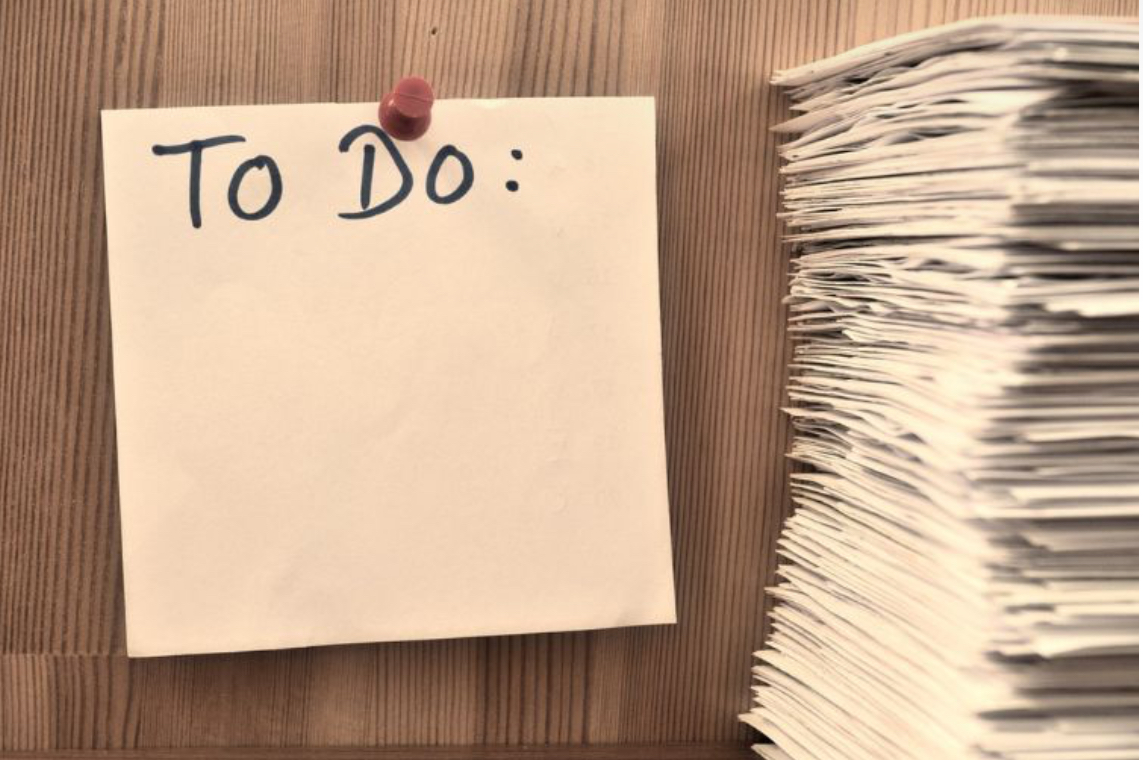As a Mexican-American man who battled with depression growing up, director of youth engagement for the Peer Health Exchange (PHE) José Beltrán said the fight against stigmas in the Black, Indigenous and People of Color (BIPOC) communities is personal.
“I would have loved to have a resource like [PHE],” Beltrán said. “I think it would have really helped me thrive, and I would have been able to work through things that I had to wait late into adulthood to figure out.”
PHE is an organization that battles health misconceptions and stigmas through peer support and outreach opportunities.
The organization has only had two youth advisory board members from the state, and those people found PHE online, since the organization doesn’t currently have any in-person programs in Florida. Beltrán said PHE is looking to find more youth connections in Florida.
Due to the lack of outreach in Florida, youth Floridians must turn to PHE’s online resources.
When online, people can engage with a support website called selfsea that allows users to pick topics they may need help or support with. Users can watch videos and/or read blogs about topics, including advice on choosing healthcare or working through traumatic personal experiences.
The videos and blogs are created by youth who have been through similar experiences.
As BIPOC Mental Health Awareness Month, which is July, comes to a close, Beltrán said it’s more important than ever to keep supporting and listening to underserved communities.
Beltrán added one stigma prevalent in some BIPOC communities is that avoiding the discussion of mental health is inherent and just part of a given culture.
To fight this stigma, it’s important to build systems of support in those communities and ensure people have access to the information and resources they need.
Allowing youth to open up and feel comfortable in their vulnerability is one key to breaking through the “taboo” topic of mental health. Beltrán said his personal willingness to be vulnerable with others has helped him work through his struggles, so he hopes youth impacted by PHE feel the same way.
“You gotta find a community and connect with folks that allow you to be vulnerable,” he said. “We’re going to be respectful. We’re going to protect them.”
For BIPOC LGBTQ youth, Beltrán said there’s an added layer to work through. Many youths need time to discover who they are, while simultaneously fighting against people who don’t support them.
At PHE, Beltrán said fighting these stigmas and helping youth takes forms through initiatives like educational peer support and selfsea.
College-aged fellows are sent out to high schools to present and teach curriculums pertaining to mental, sexual and reproductive health.
This emphasis on peer-to-peer learning comes from an understanding that youth are more likely to open up to their peers, as sometimes an adult middleman can be an unintentional barrier. The information and support PHE provides, whether online or in-person, is always directly available for youth to engage with.
As for selfsea, the website has about 589,000 current users, with 39,000 from Florida. Beltrán said popular topics in Florida include meditation, a teenager’s guide to coming out and journal prompts.
The result? Instilling confidence in youth by opening up these safe spaces and allowing them to be heard.
“We see it. We know it’s having an impact,” he said.
One hurdle to achieving this goal is navigating the political and social climate of some states.
However, he said those factors won’t deter PHE from connecting with youth.
“There are challenges in places where unfortunately we haven’t made inroads yet … but the thing is, the youth there still need us,” Beltrán said. “Whatever we can lift and remove off the shoulders of the youth, we’re gonna keep doing.”
This persistence highlights the importance of recognizing BIPOC Mental Health Awareness Month: to understand the unique challenges these communities face, and to find ways to face them head on.
“It’s a matter of being able to understand the depth of some of the things that have been normalized and realizing that it doesn't have to be,” he added.


